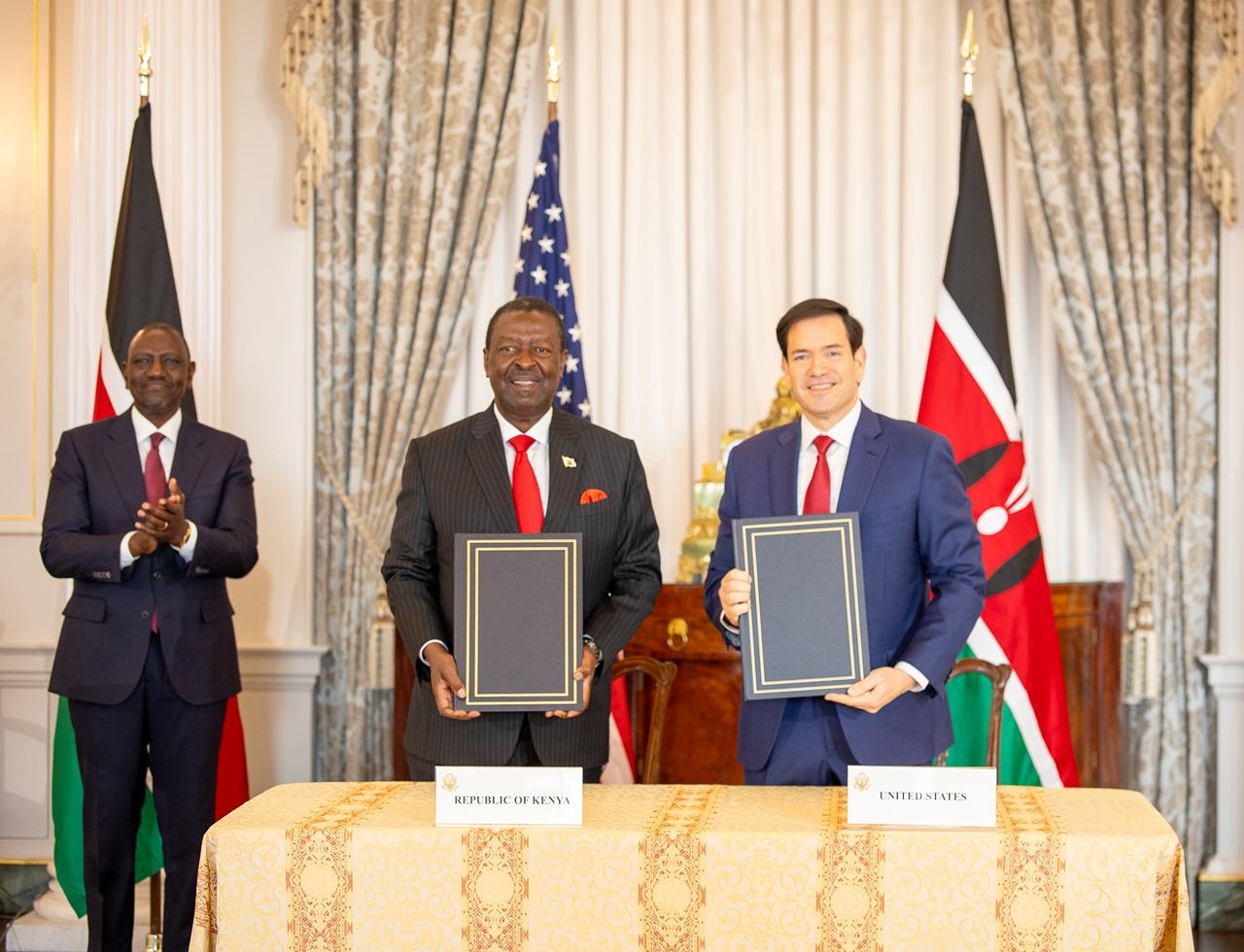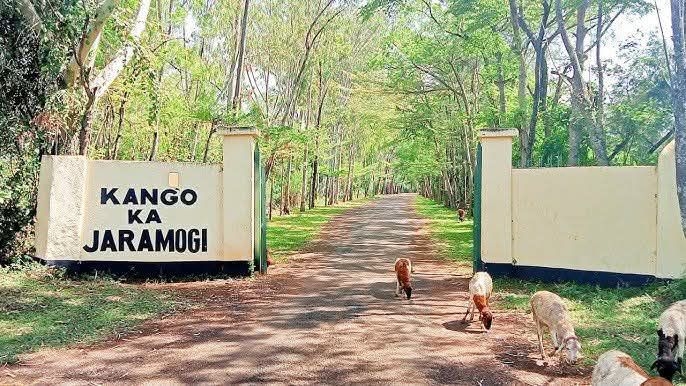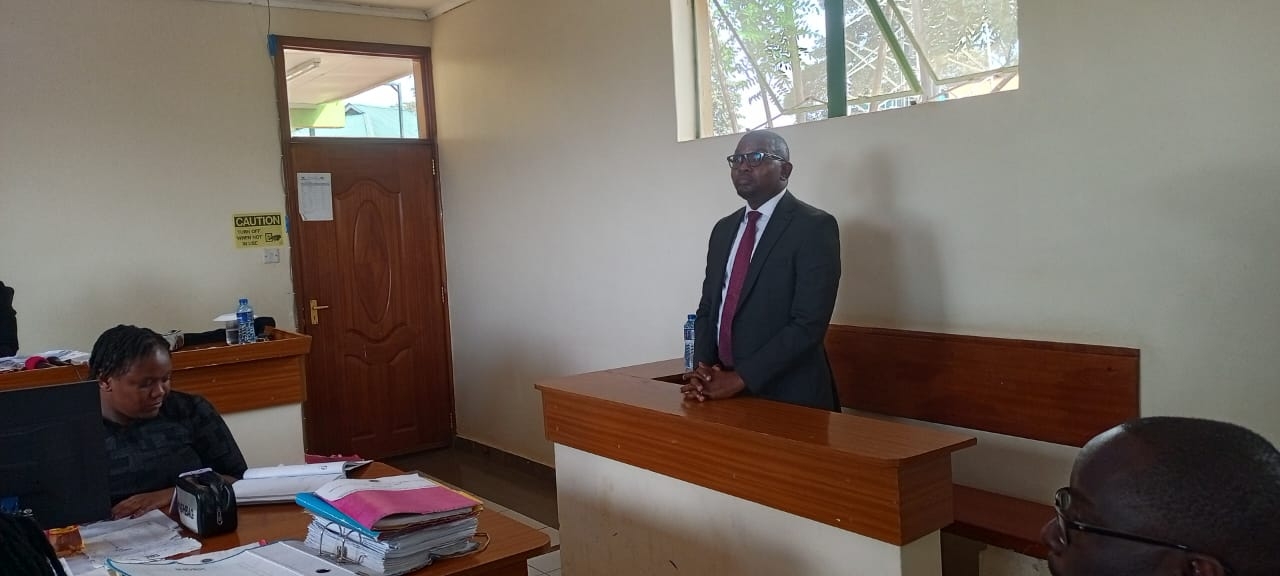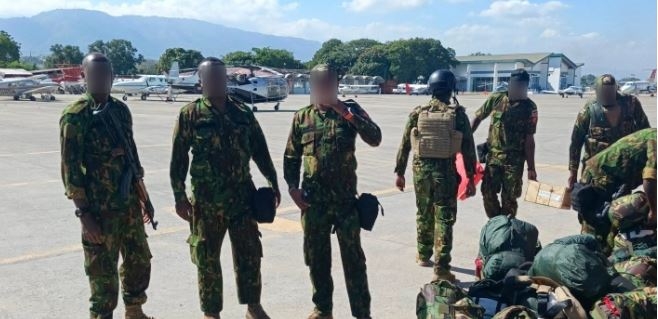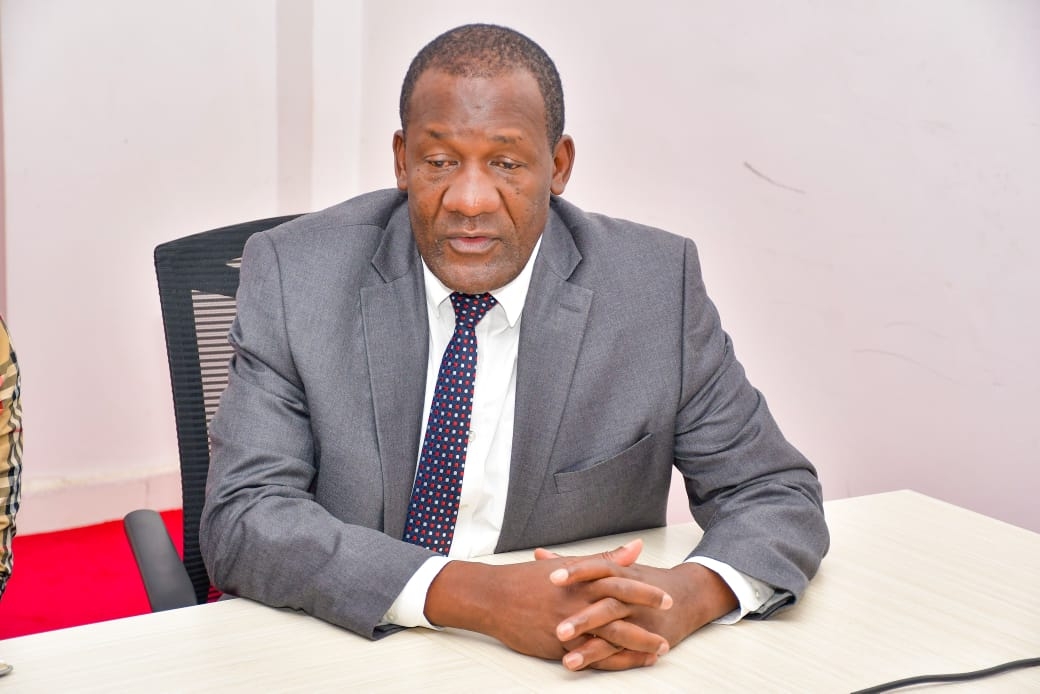Several groups want action to prevent hunger in parts of Kenya that could experience drought at the end of the year.
The Igad Climate Prediction and Applications Centre on Tuesday predicted a La Niña strengthening toward December.
Icpac said this is likely to cause depressed rains in counties along the Somalia border and the coast during the October-December season.
Western Kenya will have above normal-rains.
Separately, the Nairobi-based Food Security and Nutrition Working Group called for contingency planning just in case the forecast becomes a reality.
“In the past, such conditions (La Nina) were associated with drought in the eastern Horn of Africa during the October - December short rains season, as well as elevated chances of dry conditions during the following March - May 2025 rains season,” FSNWG said in a statement.
“Should below-average rains materialise, crop failures, deteriorating pastoral conditions, water shortages, atypical livestock movements, increased disease outbreaks and heightened food insecurity and malnutrition are likely,” it added.
The FSNWG is the umbrella forum for humanitarian groups including Igad, UN agencies, NGOs, donors and research institutions.
Despite the uncertainty, the humanitarian community should engage with local and national governments to support preparedness activities.
The group said past lack of preparedness and early action, despite forecasts, led to serious consequences.
“If drought conditions emerge again, proactive planning can help ensure that potential impacts are mitigated. In the context of already high levels of food insecurity, disease outbreaks and concerning rates of malnutrition, managing potential climate shocks in late 2024 and early 2025 would be an important step towards safeguarding lives and livelihoods, reversing the cycle of poor nutrition and disease and protecting household resilience within the region.”
Currently, most climate prediction centers around the world are forecasting the emergence of a La Niña episode by October - December.
The La Nina is not the only weather influencer in East Africa in the short rains season.
The Indian Ocean Dipole (IOD) – the cooling and warming of the Indian Ocean – often has an outsize effect.
A negative IOD typically leads to reduced rains in East Africa.
IOD is currently neutral and is expected to remain in weak positive to neutral conditions in the coming months, according to Icpac.
“IOD forecast skill has historically been low, and current model forecasts still indicate a wide range of possible outcomes,” the centre said on Tuesday.
Icpac suggested a high probability of below-normal rains over eastern Kenya, but above normal rains in the western half of the country.
The prediction was announced by Kenya Meteorological Department chief David Gikungu, who hosted meteorological bosses from 11 countries.
Gikungu said a more detailed forecast for Kenya will be announced and may differ from the Icpac prediction.
“After today, all member states will sit with their forecasting teams and downscale the forecasts. Much as what I read is accurate, it represents the entire region. There will be some differences when you downscale,” he said.
“We will announce the forecast for Kenya next week. It will be downscaled further to the counties for Kenya.”
The depressed rains forecast should still be treated as an early warning sign, he added, because it means some parts of the horn of Africa may have drought.
The Western half of Kenya will have a normal onset, usually at the beginning of October, while the depressed rains in eastern Kenya will come late.
Gikungu said temperatures will be above normal in October-December in most parts of the country.
However, Western Kenya may have cooler weather.


